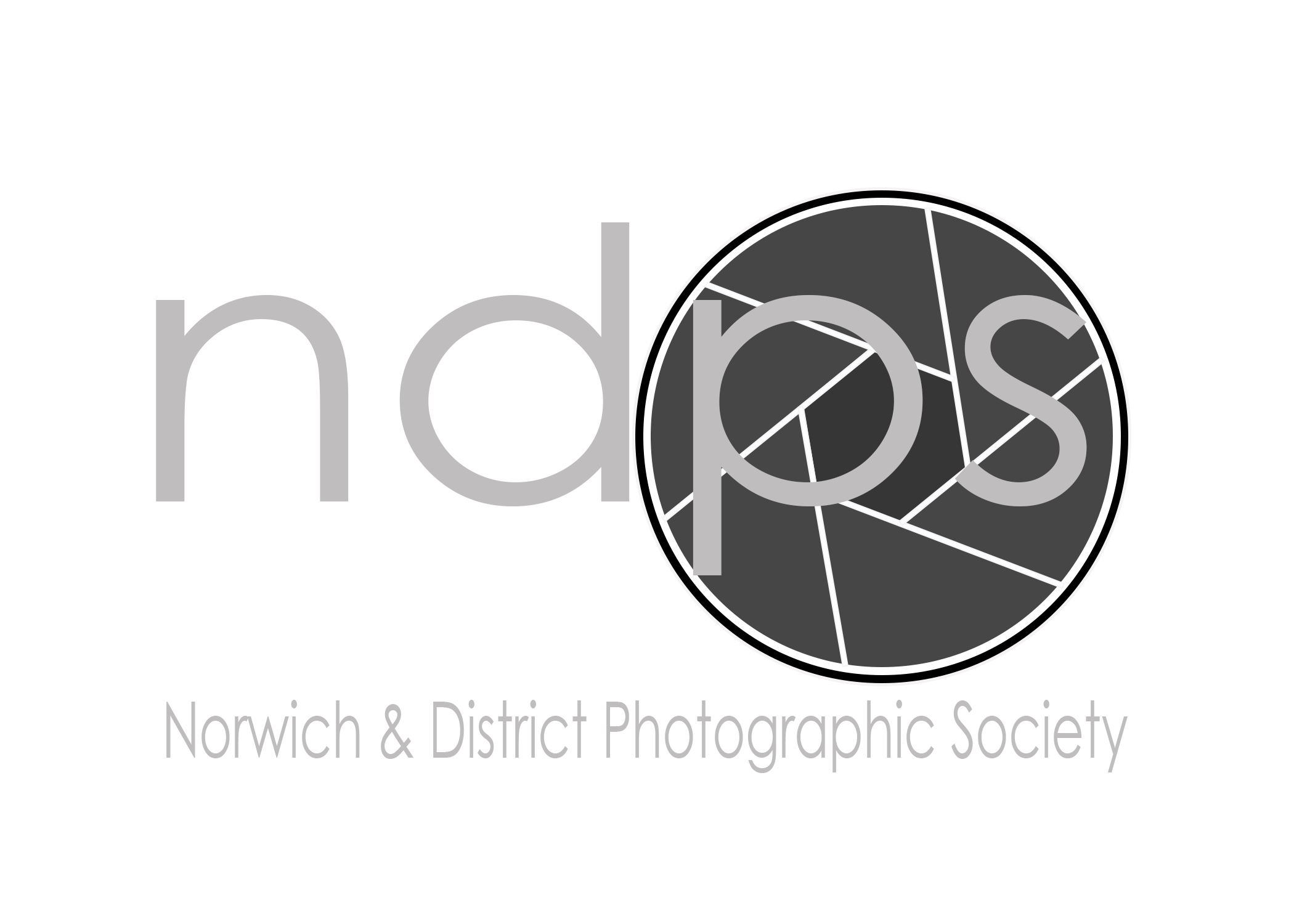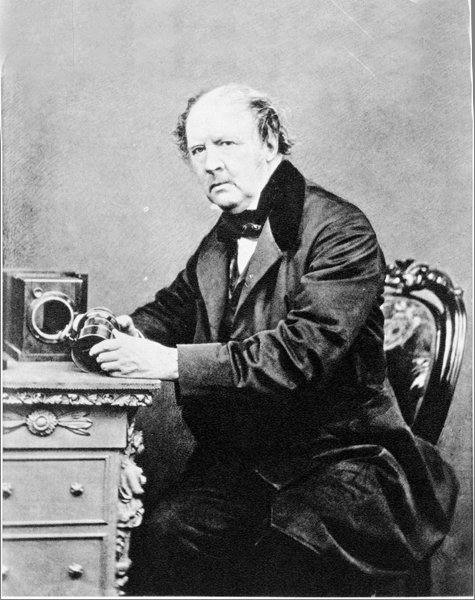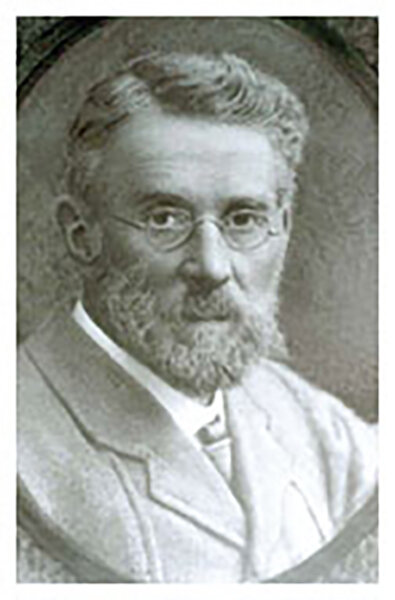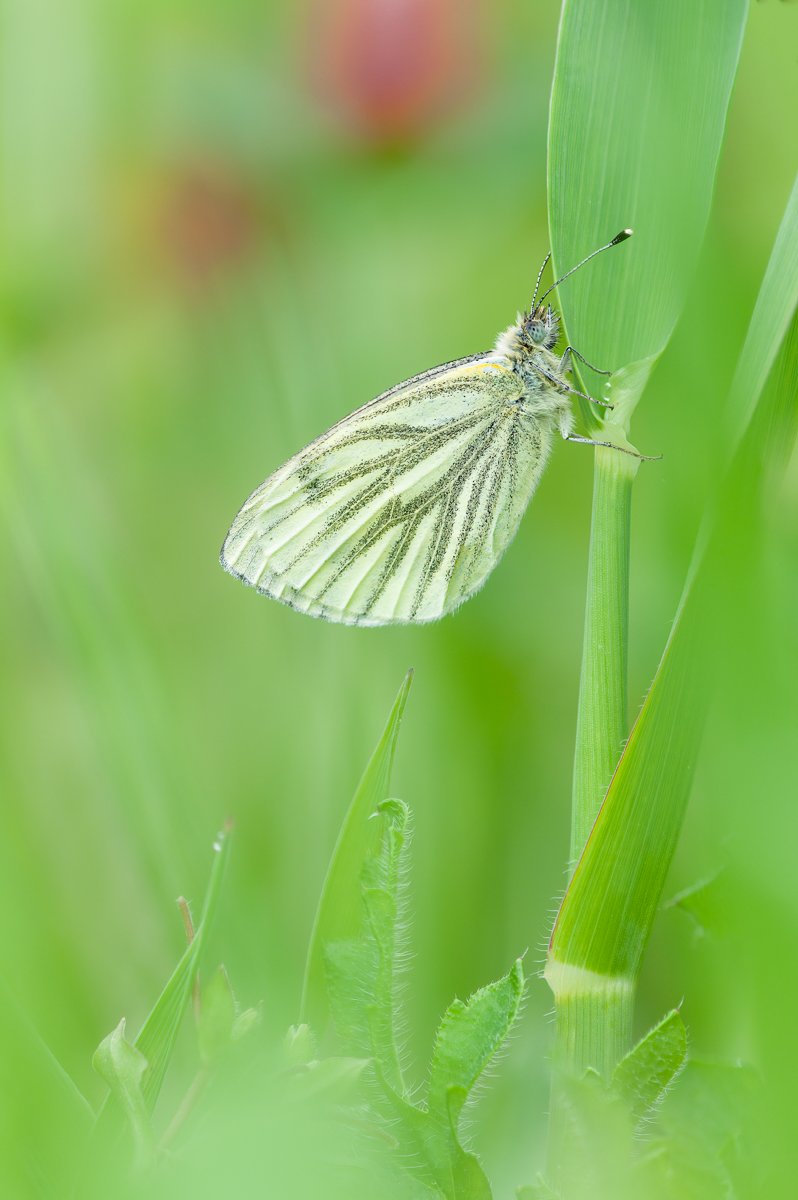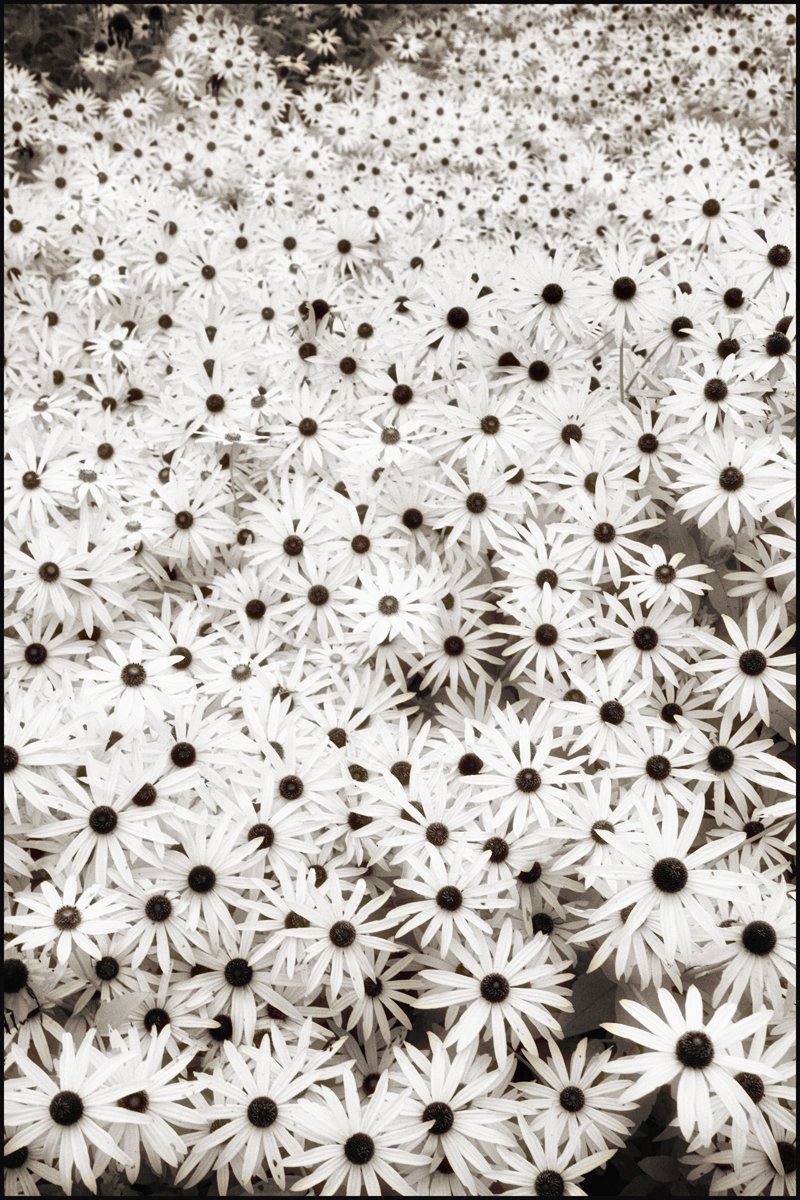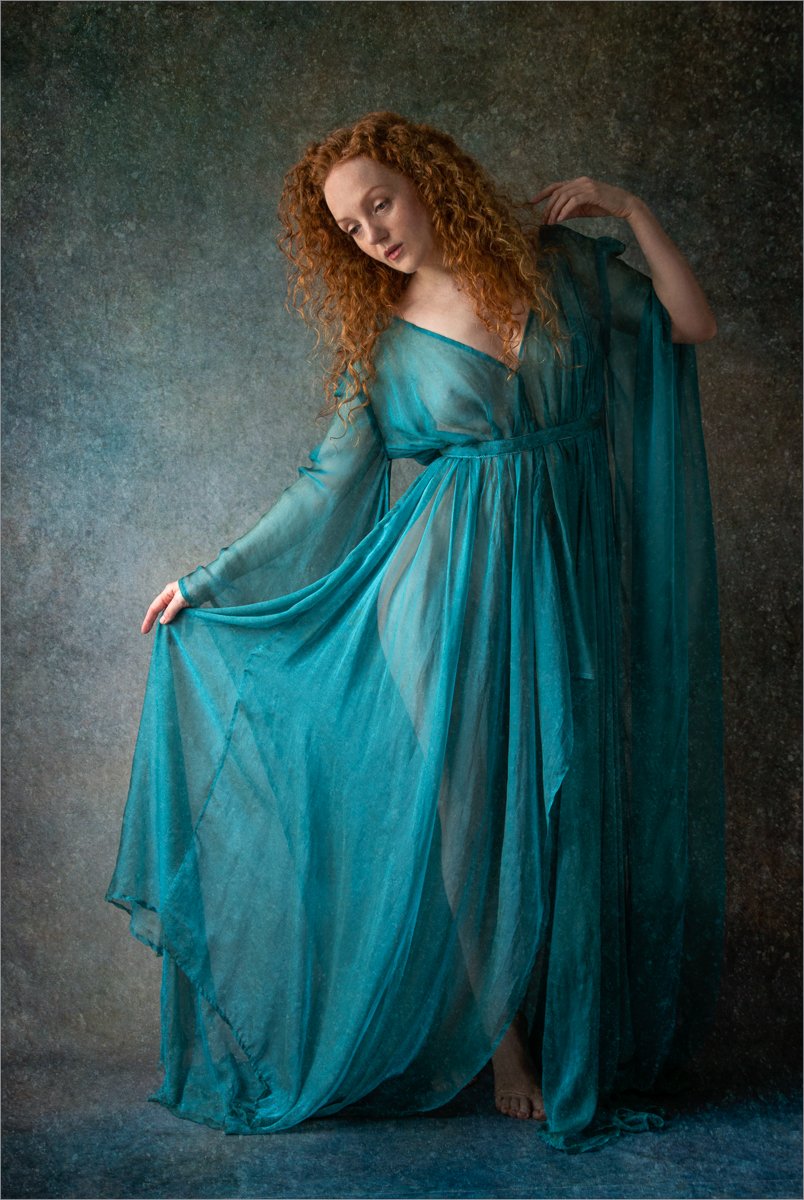Norwich & District Photographic Society is ambitious,
outward looking and friendly.
Established in the mid-nineteenth century, the Norwich & District Photographic Society (NDPS) boasts a rich heritage as one of the oldest photographic societies nationwide. Our members convene weekly on Tuesday nights throughout the year. During the Autumn, Winter, and Spring seasons, we gather at the Interactive Studio located at The City Academy, 299 Bluebell Road, Norwich NR4 7LP, starting from the first week of September. As summer approaches, our activities shift to outdoor events from the end of June.
Our annual program caters to photographers of all levels. Despite the challenges posed by the recent Covid pandemic, we have curated a diverse schedule featuring captivating presentations by accomplished photographers from around the globe, spanning continents from Australia to America and Europe. This international perspective has garnered immense success, prompting us to maintain this inclusive approach moving forward. Additionally, our program includes practical workshops, tutorials, field trips, special interest groups, photographic competitions, and more.
Whether you're seeking to enhance your photography skills or embarking on your photographic journey, we extend a warm and inviting invitation for you to join us and explore what NDPS has to offer.
We embrace newcomers with open arms, fostering a supportive and inclusive environment for all.
Sunrise Mooring at Thorpe Bay by NDPS member Terry Newman
Our objectives
Our members enthusiastically share their ideas, images, knowledge, and experiences during our weekly meetings and various activities featured in our annual program. Regardless of your photographic skill level or experience, you're warmly welcomed to join us. Our Society comprises individuals from diverse age groups and professional backgrounds, spanning beginners embarking on their photographic journey to seasoned professionals. We are dedicated to nurturing each member's potential within a supportive and friendly environment.
The overarching objectives of our Society are:
☛ To foster the development of members' photographic and artistic skills and abilities.
☛ To establish a hub of artistic and technical excellence for photographers in Norwich and the surrounding regions.
☛ To serve as a platform for the exchange of information, knowledge, ideas, and expertise in photography and photographic art.
In 1910, NDPS played a pivotal role as a founding member of the East Anglian Federation (EAF) of Photographic Societies, a partnership that endures to this day. The EAF is also a founding constituent member of the Photographic Alliance of Great Britain (PAGB), the primary governing body for camera clubs and photographic societies across the United Kingdom.
A Brief History of Photographapy and our Society
The tale of photography traces its roots back to ancient times. Its rudimentary form emerged around the 5th century BCE with the development of the camera obscura.
In 1834, British inventor William Fox-Talbot achieved his initial photographic breakthroughs without a conventional camera. He arranged objects on paper coated with light-sensitive silver chloride, exposing them to sunlight. By 1840, Fox-Talbot successfully produced images in a camera using a process where short exposures created latent images, later developed into usable negatives. Termed the 'calotype' process, Fox-Talbot patented his method in 1841, revolutionising fields like portraiture.
Turning his attention to commercial ventures, Fox-Talbot licensed his process to studio operators. John Beard, a London coal merchant, obtained a license and established a thriving studio in London in 1841. His success prompted the rapid expansion of studios across cities like Southampton, Manchester, and Liverpool.
Norwich boasted a rich photographic heritage, with local enthusiasts experimenting with calotype photography as early as 1845. Following a visit by Fox-Talbot to the Norwich Science Club in 1854, the Norwich Photographic Society emerged, becoming the fourth oldest association of its kind globally.
Norwich Photographic Society
Thomas Damant Eaton, a native of Norwich born in 1800, received his education at Norwich School, renowned as one of Norfolk's premier institutions.
In 1846, he withdrew from business affairs to pursue his passions for culture within the city. Eaton's interests spanned art, archaeology, literature, music, and photography. He actively participated in committees for the Public Library and the Museum, assuming the inaugural presidency of the Norwich Photographic Society, elected in 1854.
Eaton's photographic heritage resides within the collections of Norfolk County Council Library and Information Service and Norfolk Record Office. Among these archives are dated photographs from 1845, attributed to Eaton and his companions, featured in albums titled "Camera Sketches" and "Calotypes."
The establishment of the Norwich Photographic Society owes much to Eaton's initiative. A meeting convened by interested individuals led to its formation. The Society's aims encompassed presenting original papers, deliberating various photographic techniques, amassing visual works, and assembling a photographic library.
Membership swiftly surged to fifty, prompting the Society to secure the Council Chamber in the Guildhall for their monthly gatherings.
Despite its initial success, Eaton lamented in 1861, in a letter to the editor of the Journal of the Photographic Society, the dissolution of the Norwich Photographic Society, which he once presided over with honor. Unfortunately, similar fates befell contemporaneous societies in Leeds, Liverpool, Glasgow, Birmingham, Brighton, and likely others. Only the London (later the Royal), Manchester, and Edinburgh Photographic Societies endured the test of time.
The Years Between
Ironically, just as the Norwich Photographic Society folded, the world of photography was on the brink of a significant breakthrough. Chemists were diligently seeking a "dry" alternative to the cumbersome 'wet plates' used in photography at the time. The pivotal moment arrived in 1864 with the introduction of ready-made plates, marking a significant leap forward in the field.
While celluloid had been invented in 1861, it wasn't until 1889 when Eastman Kodak secured a patent for a celluloid-based film, that the era of modern film photography truly began.
The advent of mass-produced cameras and photographic materials triggered a surge in their utilisation. Moreover, there was a proliferation of clubs and societies catering to the burgeoning demand from amateur enthusiasts. However, this time, Norwich found itself left behind in this photographic renaissance.
Norwich and District Photographic Society
By 1900, photography was increasingly embraced as a leisure pursuit, though it never came without a cost. However, with the introduction of reasonably priced equipment and simplified processes, capturing photographs became feasible for ordinary individuals.
Simultaneously, there were photographers who approached their craft with more dedication. These enthusiasts often congregated to exchange experiences, address challenges, and critique each other's work. This resurgence gave rise to Photographic Societies and Camera Clubs.
In Norwich, options for acquiring photography equipment and materials were limited. By 1903, Albert Edward Coe, who had been operating a photographic business from 32 London Street, Norwich, for over a decade, alongside his son Albert, had accumulated substantial expertise. Their establishment likely served as a hub for discussions on various photographic topics.
A meeting on June 12, 1903, saw interested parties resolve to form a new club, christened the Norwich and District Photographic Society. Albert Edward Coe assumed the role of its President, a position he held until the eve of the First World War in 1914.
Monthly meetings commenced, persisting uninterrupted to the present day, except during wartime periods.
The inaugural annual exhibition took place in Norwich over three days starting from March 17, 1904. Presently, this exhibition, which has occurred for many years, unfolds within the venerable setting of Norwich Cathedral. In 2016, the Society celebrated its 100th exhibition, spotlighting the photographic talents of its members.
Tragedy struck on August 1, 1994, when the Central Library was engulfed in a devastating fire, leading the Society to urgently seek new accommodations just a month before the new season.
Fireman remove documents from the burning library
Image copyright of edp24/photo-gallery
Into the 21st century - the digital age
The evolution of photography from its reliance on chemically developed light-sensitive emulsions to the realm of digital technologies for image capture and storage commenced in the late 1980s. This transition was marked by the introduction of the first consumer digital cameras, followed by the debut of the initial version of Adobe Photoshop in 1990.
Originally conceived as an extension of the conventional darkroom, Photoshop adopted numerous tools from traditional black-and-white film photography while empowering photographers with unprecedented capabilities. By facilitating alterations to an image's structure and even its content, Photoshop challenged established notions of photographic authenticity and documentary integrity, potentially reshaping the essence of the medium itself.
Though digital photography's true impact was not fully realized until the early 2000s, with significant news events like the September 11th terrorist attacks in 2001 still predominantly captured with film cameras, the shift was inexorable.
Embracing digital technology, the Norwich and District Photographic Society (NDPS) has transitioned to a model where virtually all images are now captured by members using digital cameras. This adaptability aligns with the broader trend wherein photography continues to surge in popularity, thanks to the increasing user-friendliness and performance of cameras with each passing year.
While some photographers seek avenues for improving their craft, many find inspiration and support through societies like NDPS. By remaining open to technological advancements, including the encroachment of artificial intelligence into photography, NDPS stands poised to navigate the future confidently. Their commitment to flexibility ensures that they have nothing to fear, affirming their readiness to embrace whatever changes lie ahead in the ever-evolving landscape of photography.
Much of the source material for this brief history comes from - When found, make a note – the history of Norwich and District Photographic Society 1903-2003, David D Button LRPS, Norwich and District Photographic Society, 2003
